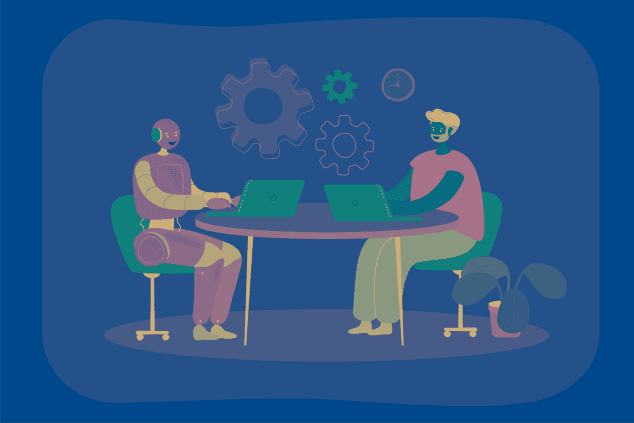![user-image w-[50px] h-[50px]](/_next/image?url=https%3A%2F%2Fcdn.sanity.io%2Fimages%2Fmz7yvyjt%2Fproduction%2F5c53239aaea4de2ce7043a0c95aaac6d8c386ca5-720x720.jpg&w=3840&q=75)
![user-image w-[50px] h-[50px]](/_next/image?url=https%3A%2F%2Fcdn.sanity.io%2Fimages%2Fmz7yvyjt%2Fproduction%2F5c53239aaea4de2ce7043a0c95aaac6d8c386ca5-720x720.jpg&w=3840&q=75)
![user-image w-[50px] h-[50px]](/_next/image?url=https%3A%2F%2Fcdn.sanity.io%2Fimages%2Fmz7yvyjt%2Fproduction%2F0c2f20cbe4ddf34f101d25774d959e7491ba0e5e-635x423.jpg&w=3840&q=75)
Routine Market Surveys as an Interior Designer: A Key to Success
![user-image w-[50px] h-[50px]](/_next/image?url=https%3A%2F%2Fcdn.sanity.io%2Fimages%2Fmz7yvyjt%2Fproduction%2F0a3d52ab23c4b42be0590fcbe40bd05649696f38-674x600.jpg&w=3840&q=75)
Daily, Weekly, and Monthly Routine Care for Your Personal Computer or Workstation in Your Architectural Office or Home Studio
![user-image w-[50px] h-[50px]](/_next/image?url=https%3A%2F%2Fcdn.sanity.io%2Fimages%2Fmz7yvyjt%2Fproduction%2Ff4842fc3a380689abffbf5e018cbfd8cbbfadae6-720x720.jpg&w=3840&q=75)
Is It Essential for Nigerian Architects to Have a Dress Code?
![user-image w-[50px] h-[50px]](/_next/image?url=https%3A%2F%2Fcdn.sanity.io%2Fimages%2Fmz7yvyjt%2Fproduction%2F14fbdc726d99bef9ddbd704b652a22f2184322c6-640x360.jpg&w=3840&q=75)
Demanding Your Overdue Fees Politely as a Nigerian Architect
Embracing the Synergy: Architects and AI in the Future of Design
Artificial Intelligence (AI) has transformed various industries and architecture is no exception. While some may view AI as a potential threat to the role of architects, there is a growing understanding of how AI can enhance and augment architectural design. This article explores the relationship between architects and AI, highlighting the potential benefits and dispelling concerns.

The Role of AI in Architectural Design
AI technologies, such as generative design algorithms and parametric modeling, offer architects powerful tools to optimize design processes. AI can assist in generating numerous design iterations, analyzing complex data sets, and simulating environmental factors. Architects can focus on creative problem-solving and holistic design considerations by automating repetitive tasks. AI's computational capabilities enable architects to explore innovative design solutions, enhance efficiency, and deliver more sustainable and user-centric buildings.
The Collaborative Nature of AI and Architects
Rather than replacing architects, AI acts as a collaborator and a catalyst for innovation. Architects bring their unique human skills, including creativity, critical thinking, and contextual understanding, to complement AI's computational abilities. Architects can harness AI's potential to streamline design workflows, expedite decision-making, and improve project outcomes. AI serves as a tool that amplifies the capabilities of architects, empowering them to explore new design territories and push the boundaries of what is possible.
The Human-Centric Aspect of Architecture
Architecture is not solely about creating functional and aesthetically pleasing structures; it also involves understanding human needs, emotions, and experiences. AI may excel in data analysis and optimization but needs to gain the empathetic and intuitive qualities inherent in human architects. The human touch is essential in designing spaces that inspire, foster connection, and respond to individuals' and communities' unique cultural and social contexts. Architects play a critical role in defining the built environment with a deep understanding of human interaction, cultural nuances, and the art of storytelling.
Adapting and Upskilling
To harness the potential of AI, architects must embrace a mindset of continuous learning and adaptation. Architects can leverage the benefits of automation and data-driven insights by upskilling themselves in AI technologies. Architects need to understand how to integrate AI tools effectively, ensuring they align with ethical considerations and remain in control of the design process.
Rather than perceiving AI as a threat, architects should consider it a valuable ally. AI's computational power and analytical capabilities can enhance architects' creative vision, enabling them to design more efficiently, sustainably, and collaboratively. Architects who embrace AI will be well-positioned to shape the future of design and create transformative built environments.
In summary, architects should not be threatened by AI. Instead, they should embrace its opportunities, leveraging AI as a powerful tool to augment their skills, enhance design processes, and create human-centric and sustainable architectural solutions. The synergy between architects and AI can lead to a harmonious future where technology and human creativity coexist, resulting in extraordinary architectural achievements.